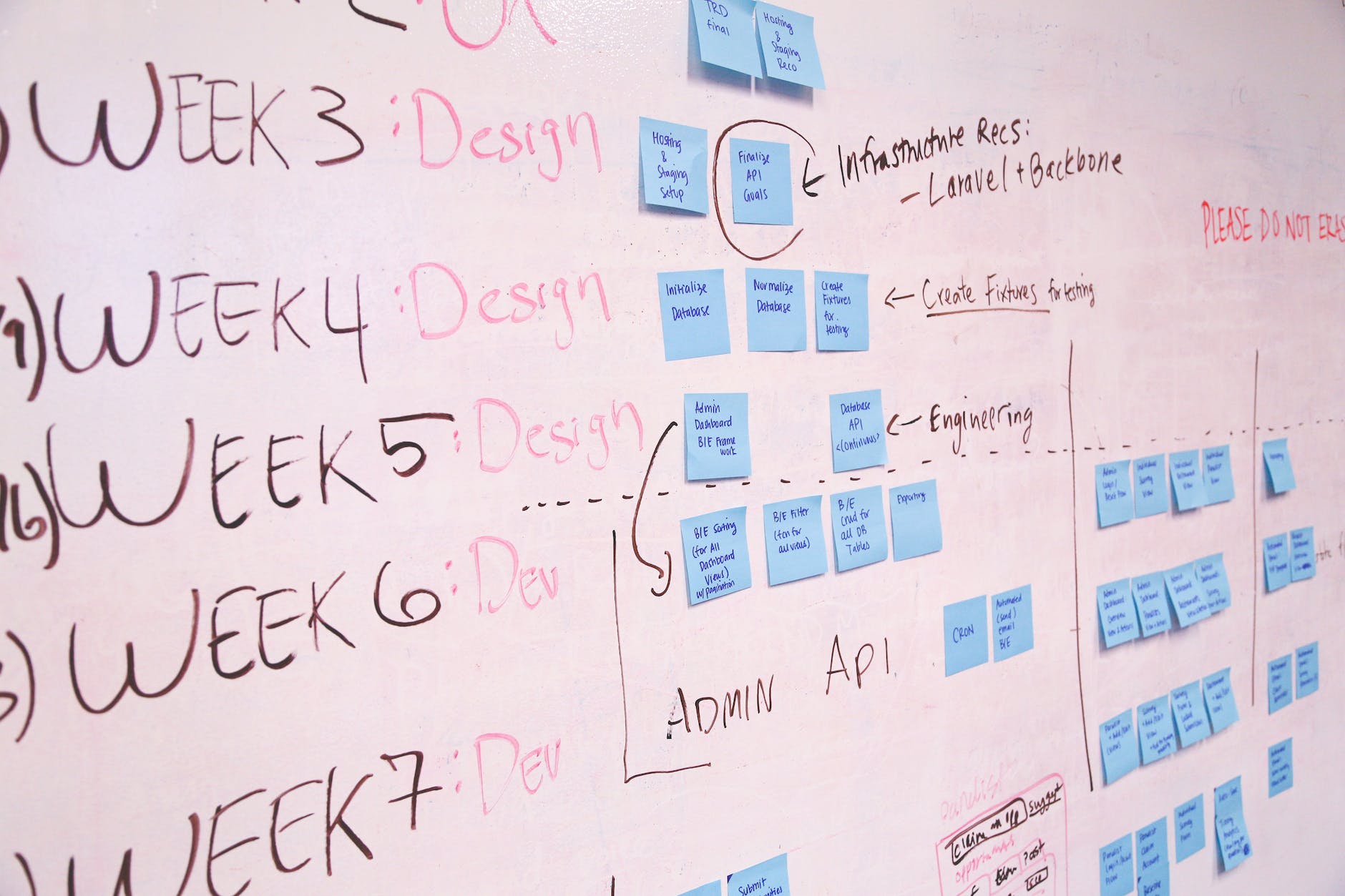Project management is a dynamic discipline that plays a vital role in the successful execution of endeavors in various domains, ranging from construction and engineering to software development and business initiatives. It encompasses a set of principles, techniques, and methodologies aimed at effectively planning, organizing, and controlling projects to achieve desired outcomes within defined constraints of time, budget, and quality.
The principles of project management provide a systematic framework for project teams to navigate through complex and ever-changing environments. By adhering to these principles, project managers can ensure efficient resource utilization, effective communication, and proactive risk management, ultimately leading to the successful completion of projects.
16.1 Introduction to Project Management Principles
Project management is a crucial discipline that ensures the successful completion of complex endeavors. It involves the application of knowledge, skills, tools, and techniques to meet project requirements and deliver desired outcomes. Effective project management principles guide the project team in achieving their goals efficiently and effectively.
Key principles in project management include:
- Clear Goals and Objectives: Clearly defining project goals and objectives is essential for setting the direction and purpose of the project. This enables the team to align their efforts towards achieving specific outcomes.
- Project Planning: Thorough planning involves breaking down the project into manageable tasks, creating a project timeline, and establishing key milestones. It helps in identifying dependencies, estimating resource requirements, and defining project scope.
- Communication and Collaboration: Effective communication is crucial for project success. Regular communication channels, both formal and informal, promote collaboration, provide updates, and address any issues or challenges faced by the team.
- Stakeholder Management: Identifying and engaging stakeholders throughout the project lifecycle is essential. Understanding their expectations, managing their involvement, and addressing their concerns ensures their support and helps in meeting project objectives.
16.2 Project Planning and Scope Management
Project planning and scope management are vital components of project management. They involve defining project scope, breaking down work into manageable tasks, and creating a comprehensive project plan.
- Defining Project Scope: Clearly defining the project scope helps in determining what is included and excluded from the project. This prevents scope creep and ensures that the project team remains focused on delivering the agreed-upon outcomes.
- Work Breakdown Structure (WBS): Breaking down the project into smaller, manageable tasks is facilitated through a Work Breakdown Structure (WBS). The WBS hierarchically decomposes the project deliverables, making it easier to assign resources, estimate timelines, and monitor progress.
- Gantt Charts: Gantt charts visually represent project schedules, tasks, and dependencies. They provide a clear overview of the project timeline, critical path, and resource allocation, aiding in effective project planning and scheduling.
- Change Management: Scope changes are common during projects. Implementing a change management process ensures that changes are properly evaluated, approved, and incorporated into the project plan while minimizing disruptions and risks.
16.3 Resource Allocation and Time Management
Efficient resource allocation and effective time management are crucial for project success. They involve identifying, acquiring, and managing the resources required to complete the project on time and within budget.
- Resource Identification: Identifying the necessary resources, such as personnel, equipment, and materials, is essential. Adequate resource allocation ensures that the project team has the necessary tools and support to execute the project tasks effectively.
- Resource Scheduling: Once resources are identified, scheduling them in a logical and efficient manner helps avoid conflicts and ensures their availability when needed. Resource leveling techniques can be used to balance resource utilization throughout the project duration.
- Time Estimation: Estimating the time required to complete project tasks is critical. Techniques such as expert judgment, historical data analysis, and three-point estimating can be employed to accurately predict task durations and overall project timeline.
- Critical Path Method (CPM): The Critical Path Method helps identify the sequence of tasks that determine the project’s overall duration. By identifying the critical path, project managers can prioritize tasks and allocate resources accordingly to avoid delays and ensure timely project completion.
16.4 Risk Management in Project Execution
Risk management is an integral part of project execution. It involves identifying, assessing, and mitigating potential risks that may affect project objectives. By proactively managing risks, project managers can minimize their impact and increase the chances of project success.
- Risk Identification: Identifying potential risks requires a systematic approach. Brainstorming sessions, risk checklists, and historical data analysis can help identify common risks specific to the project domain.
- Risk Assessment: Assessing risks involves analyzing their probability of occurrence and potential impact on the project. Risk assessment techniques such as qualitative analysis (probability and impact matrix) and quantitative analysis (Monte Carlo simulation) can be used to evaluate and prioritize risks.
- Risk Response Planning: Developing strategies to respond to identified risks is crucial. This may involve risk mitigation (implementing preventive measures), risk transfer (such as insurance), risk acceptance (acknowledging and managing the risk), or risk avoidance (changing project plans to eliminate the risk).
- Monitoring and Control: Risk management is an ongoing process. Regular monitoring and control of identified risks help track their status, implement risk responses, and identify emerging risks. It ensures that risk management activities remain relevant and effective throughout the project lifecycle.
16.5 Project Evaluation and Lessons Learned
Project evaluation and lessons learned play a vital role in continuous improvement and future project success. They involve reviewing project performance, analyzing outcomes, and identifying areas for improvement.
- Project Performance Evaluation: Evaluating project performance against established metrics and key performance indicators (KPIs) provides insights into project success. This evaluation includes measuring deliverables, assessing stakeholder satisfaction, and evaluating project team performance.
- Lessons Learned: Reflecting on project experiences helps identify valuable lessons that can be applied to future projects. Conducting lessons learned sessions, capturing project knowledge, and documenting best practices facilitate organizational learning and improve project management capabilities.
- Continuous Improvement: Utilizing lessons learned to improve project management processes and practices ensures continuous improvement. This involves updating project templates, refining project methodologies, and implementing changes based on the identified areas of improvement.


